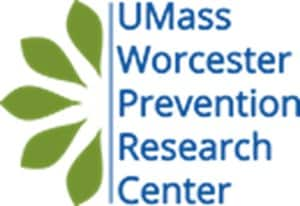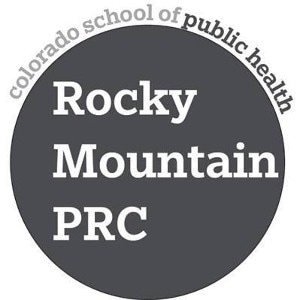Prevention Research Centers

- Blood Pressure Control Program
- Virtual Diabetes Prevention Program
- Adverse Childhood Events Program
Chronic diseases are among the most common, costly, and preventable of all health problems in the United States. CDC’s Prevention Research Centers (PRC) Program works to understand and address chronic diseases at the community level.
PRCs work with local communities to develop, test, and evaluate solutions to public health problems. During 2019–2024, CDC is funding 26 PRCs across the United States. Each PRC is funded for 5 years to maintain a research center and conduct prevention research that promotes health and prevents chronic illness and other diseases and disabilities.
The solutions developed by PRCs are intended to be applied widely, especially in populations affected by health disparities. In addition to creating healthier communities, PRCs have increased the public health workforce and conducted research that will guide future initiatives.
Research Projects
Every PRC conducts a core research project that engages community members on a range of topics, such as cancer, nutrition and physical activity, diabetes, violence prevention, sexual health, immunization, healthy aging, and more.
In addition to their core research projects, PRCs can conduct prevention research as part of a Special Interest Project (SIP) or SIP Thematic Research Network.
Special Interest Projects. SIPs focus on a topic of interest or a gap in scientific evidence. Currently funded PRCs can apply for funding for these supplemental projects, sponsored by CDC programs.
Thematic Research Networks. Thematic networks are a type of SIP that includes multiple PRCs working together on one health issue. There are currently four thematic research networks: Cancer Prevention and Control Research Network, Managing Epilepsy Well Network, Nutrition and Obesity Policy Research and Evaluation, and Physical Activity Policy Research and Evaluation.
Examples of Public Health Impact
Here are a few examples of PRC projects from the 2019–2024 funding cycle:

The UMass Worcester PRC is implementing an evidence-based program called BP Control among people with low incomes and racial or ethnic minority groups with higher rates of high blood pressure and uncontrolled high blood pressure. The program refers members of these high-risk groups to a community health worker for coaching to help them take their blood pressure medicine as prescribed. Taking blood pressure medicine consistently protects the heart, brain, and kidneys.

The Yale-Griffin PRC is assessing the feasibility of a virtually delivered Diabetes Prevention Program (v-DPP) for adults with lower incomes who are at risk of type 2 diabetes and who are residents of New Haven or the Lower Naugatuck Valley in Connecticut. Community health workers and community nurses coordinate care, conduct the program, and help identify and address barriers for participants. Offering a virtual version of this lifestyle change program could improve enrollment, engagement, behaviors, and health outcomes.

The University of Colorado Denver: Rocky Mountain PRC is implementing STANCE (Linking Systems To address ACEs iN Childhood Early on), an intervention designed to reduce the health effects of adverse childhood experiences (ACEs) in the San Luis Valley of Colorado. STANCE has three main parts:
- Universal assessment of ACEs for children age 0 to 5 years and their main caregivers.
- Use of proven approaches to promote social-emotional development in childcare settings.
- Review of community social networks to strengthen care for children and families affected by trauma and related health outcomes.
In the 2014–2019 funding cycle, PRCs reported the following accomplishments:
- Trained over 77,000 public health professionals and community members to understand, conduct, or translate prevention research.
- Published over 2,000 journal articles and more than 75 books or book chapters on public health prevention approaches.
- Developed more than 400 research and practice tools that help public health practitioners, researchers, or community members use evidence-based practices and policies.